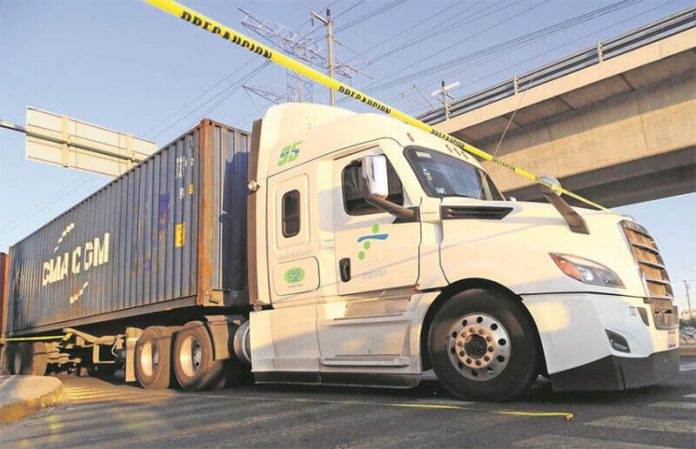Federal highways in central Mexico were the most risky in the country for robberies in the first half of 2021, research by security consultancy DataInt showed.
The riskiest road in the country was the Querétaro-Irapuato highway, which recorded 54 robberies, and the Querétaro-San Luis Potosí highway was second with 46. Seven of the top 10 most crime-ridden roads were north of Mexico City and south of San Luis Potosí; four were going to Querétaro.
Six-hundred and twenty-five highway robberies were reported from January-July this year, with 62% of the vehicles targeted carrying cargo. Another 31% were private vehicles and 5% were passenger vehicles.
The report also detailed the time patterns of thefts. Wednesdays, Thursdays and Fridays from 6-10 a.m., 1-2 p.m. and 8-10 p.m. were points of high activity. The peak time for thefts was on Wednesdays from 6-10 a.m.
Meanwhile, roads south of Mexico City were no safe haven for drivers. Two sections of Highway 150D were third and fourth on list: Mexico City-Puebla and Puebla-Córdoba, which taken together recorded 58 robberies.
However, while the report points to central Mexico for high risk roads, it also conceded that it was the region for which data was most available.
Dataint’s global road risk indicator, which includes homicide statistics in the equation, adds parts of Sonora and Zacatecas to the most dangerous places to travel in the country.
With reports from El Universal
